Fungi
Hundreds of fungi species have been observed in Warwick Conservation Reserve and are best seen in late autumn through to winter. Fungi are indicators of the health of natural ecosystems, due to their essential roles as decomposers, mycorrhizal symbionts, or parasites.
- Decomposers break down litter and debris to recycle nutrients for plants.
- Mycorrhizal fungi form a symbiosis (mutually beneficial partnership) with plants, providing water and nutrients in exchange for food in the form of sugars. About 80% of the plants in the bushland have these beneficial fungi in their root systems.
- Parasitic fungi feed on various hosts (plants, animals and other fungi) such as the smut fungi that form galls on Orange Wattle (Acacia saligna). Some of these fungi are valuable bio-control agents of weeds.
Some fungi observed in the bushland include amanitas, boletes, puffballs, bracket fungi, earthstars, truffles (not the edible gourmet one!) and crust fungi. Little is known about which Australian fungi are edible and law on public land protects all native fungi. While they are technically not fungi, slime molds are normally included in lists of fungi and also recycle organic matter.
The Friends of Warwick Bushland have conducted fungi surveys every since 2000 following a wonderful Fungimap workshop run by WA Fungimap Coordinator Katie Syme. Over 120 different species have been recorded so far, many are unnamed, and some are new to science. These are listed in the downloadable table below. Records of fungi in Warwick Bushland are currently being uploaded to the Atlas of Living Australia using the iNaturalist app.
Resources
- Visit http://www.fungimap.org.au/ for a beginners guide to fungi, lots of useful information and an introduction to the Fungimap program.
- Visit www.wanaturalists.org.au/branches-groups/fungi/ for information about local fungi and a free downloadable field guide to the Fungi of the Perth Region and Beyond (Bougher 2012).
References
Bougher NL. 2012. Fungi of the Perth Region and Beyond. A Self Managed Field Book. The West Australian Naturalists’ Club (Inc.), Perth.
Bougher NL. 2019. Fungi of Perth, Western Australia. A Visual Guide to more than 600 Species Recorded in Kings Perk and Bold Park.

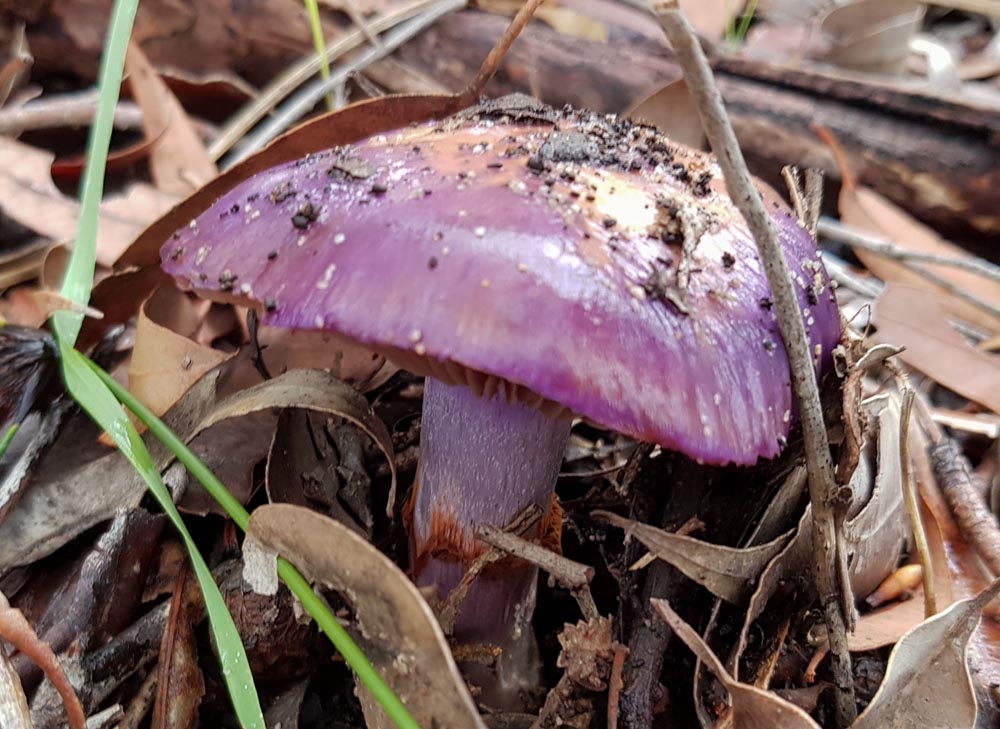
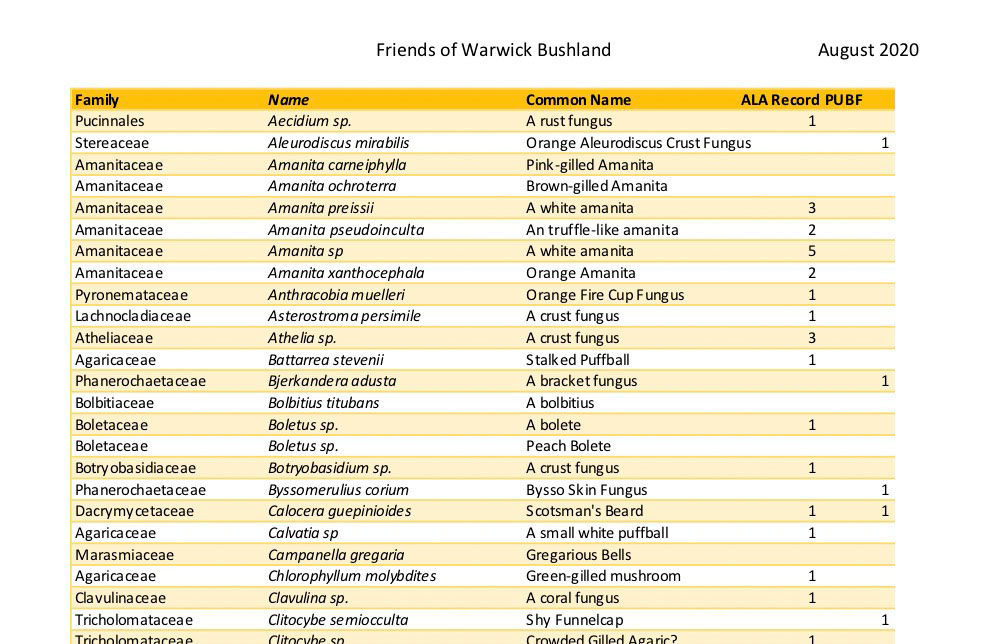


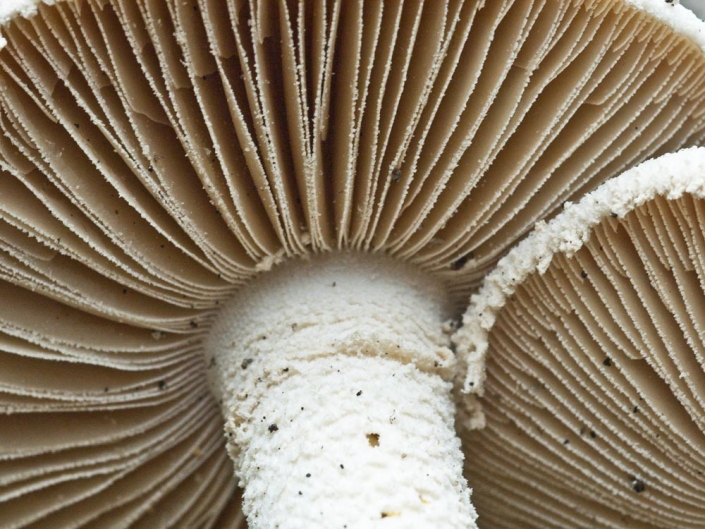
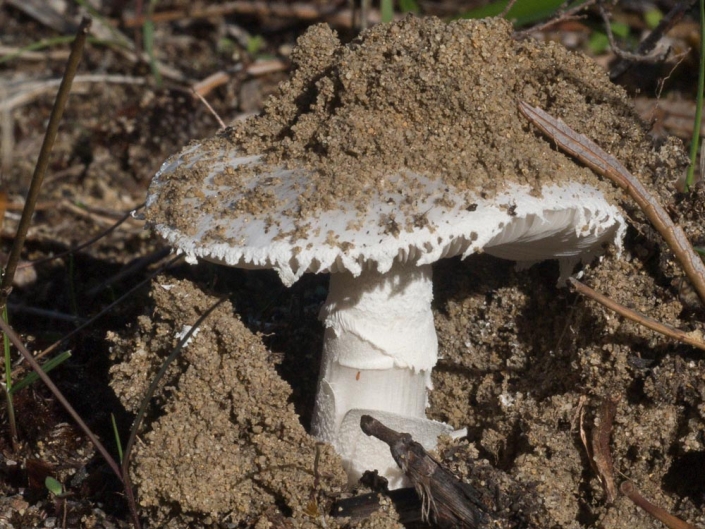
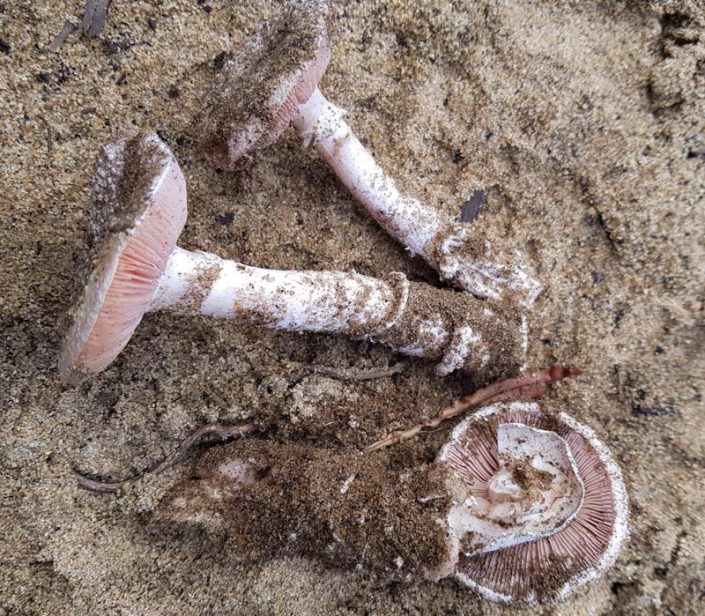

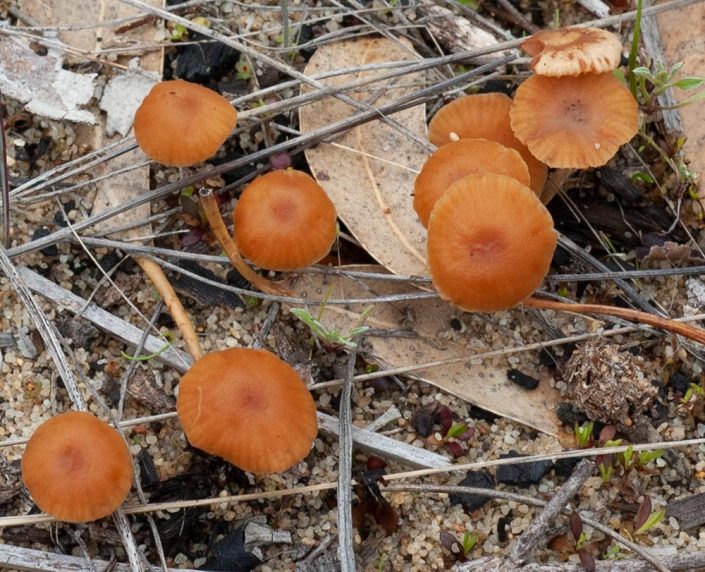
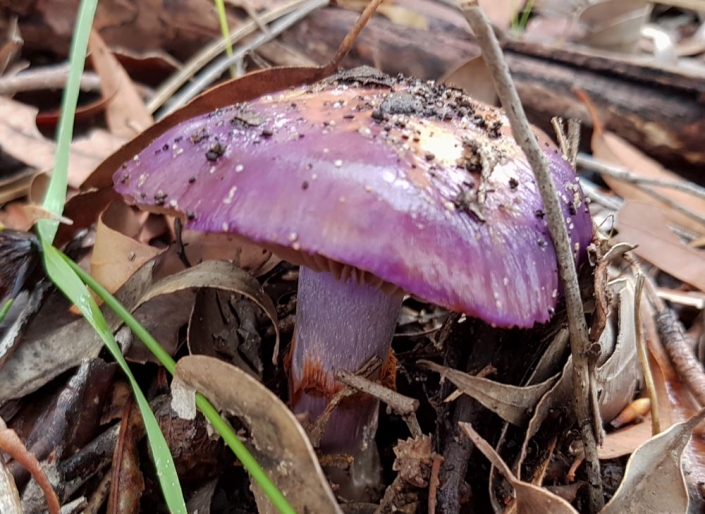
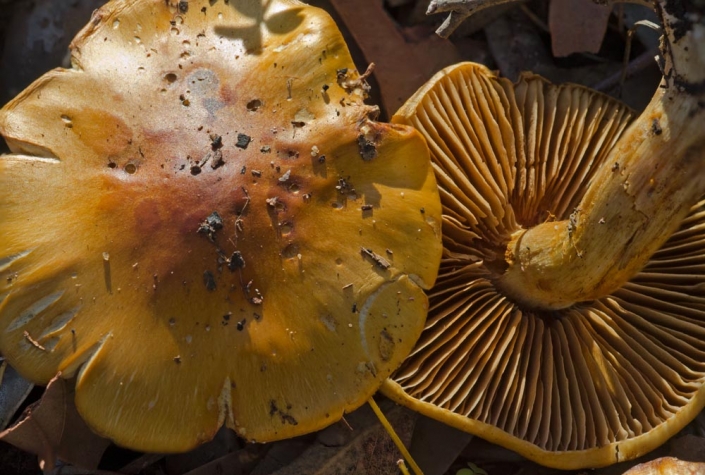
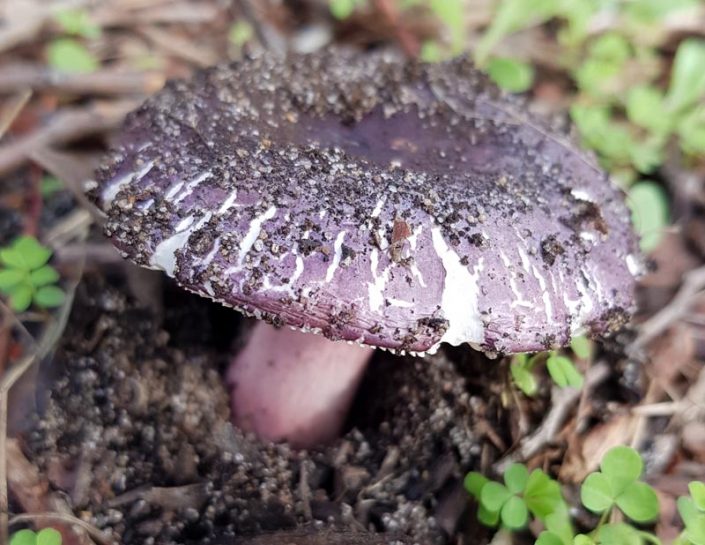
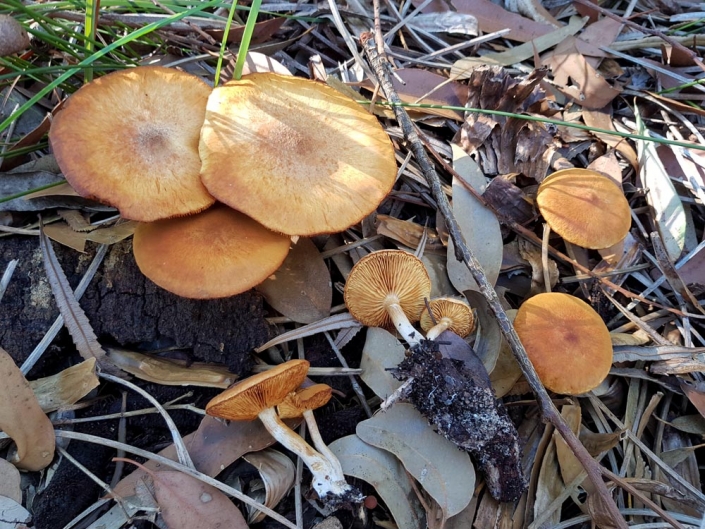
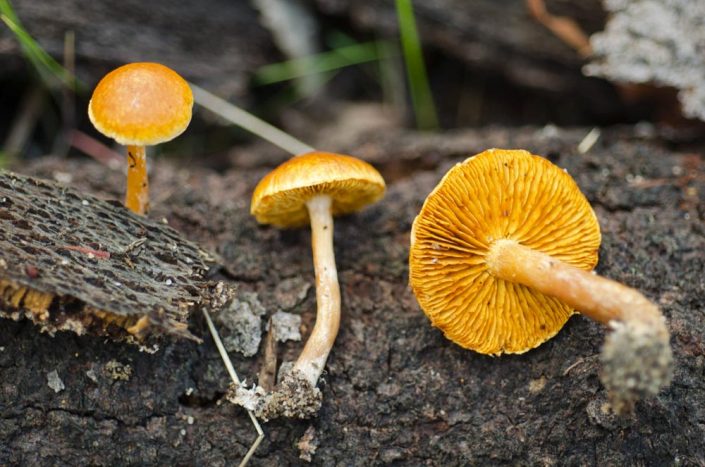
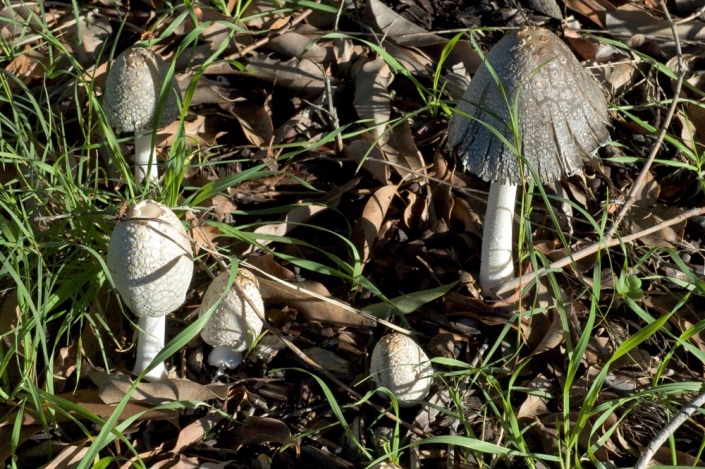
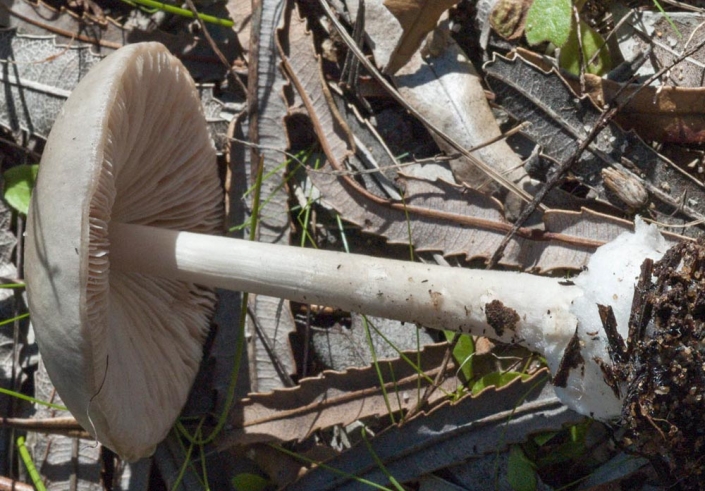
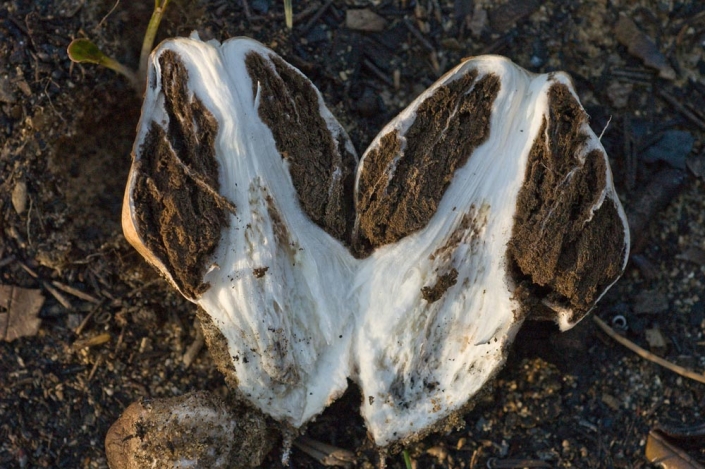
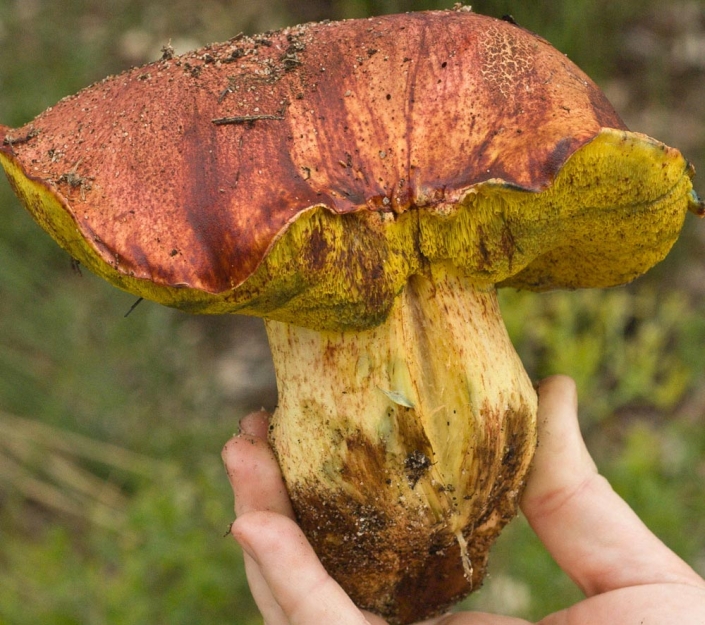

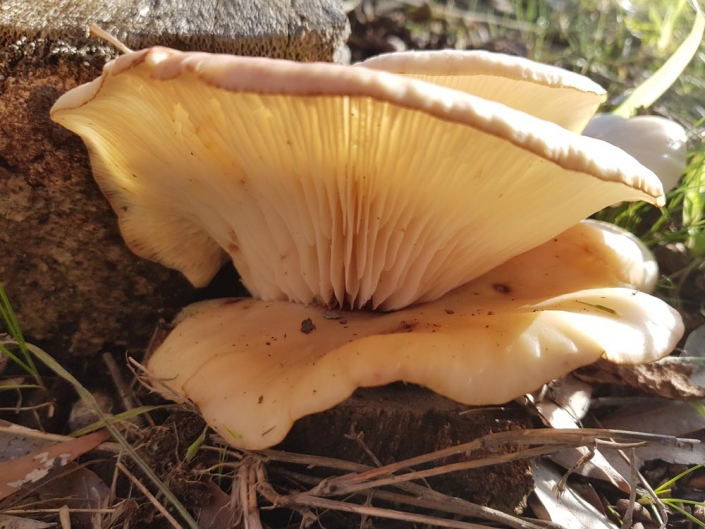
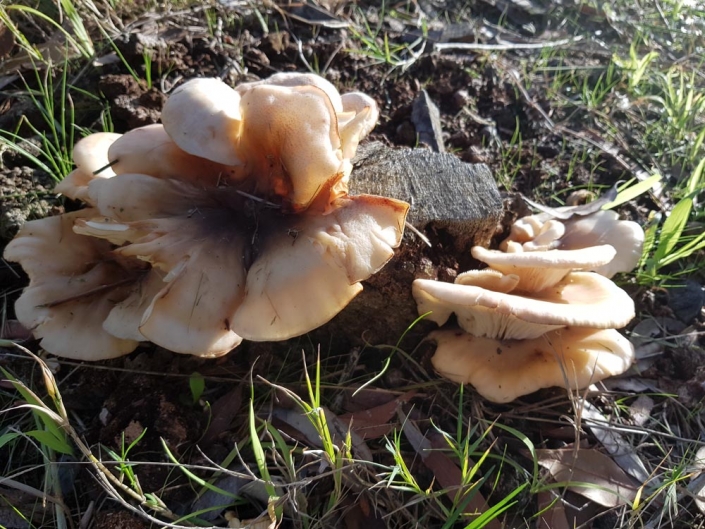
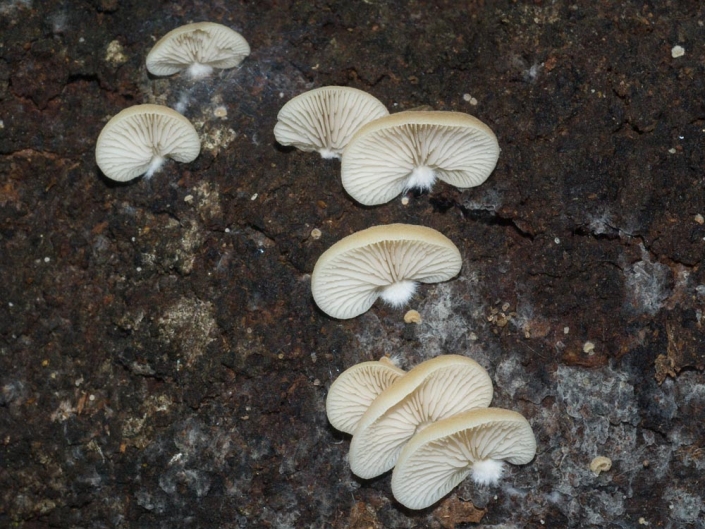
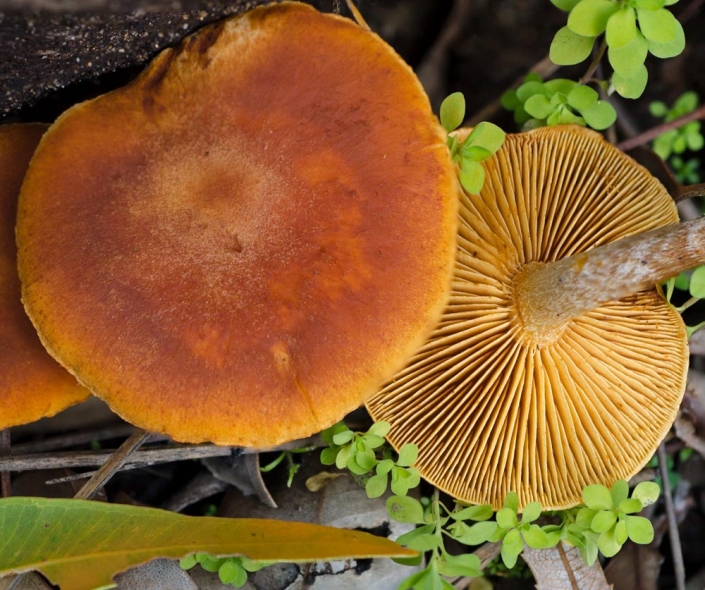

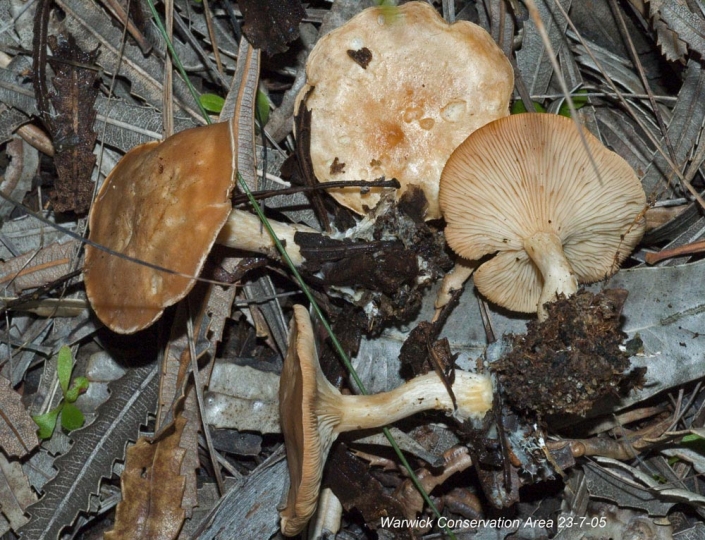
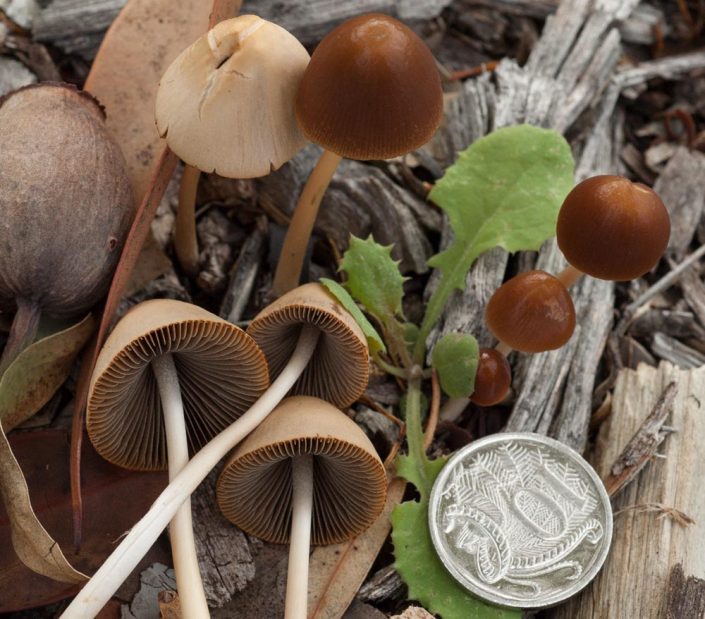
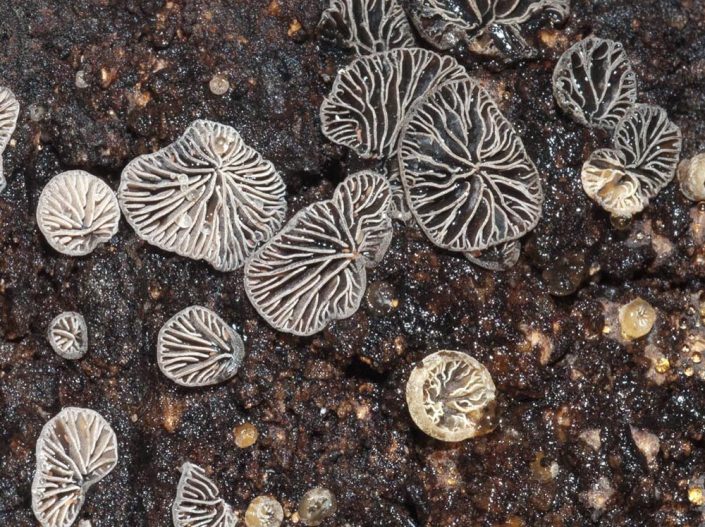
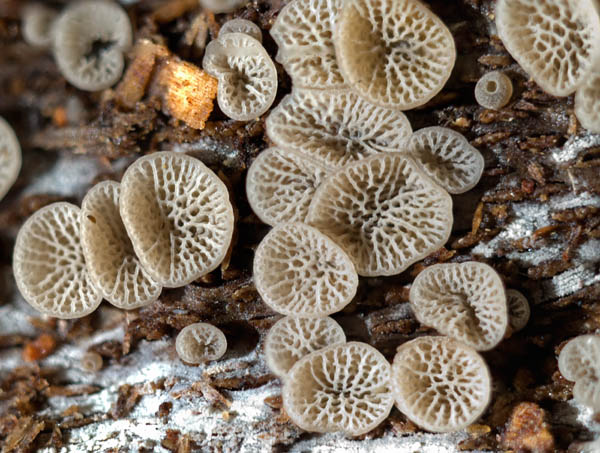
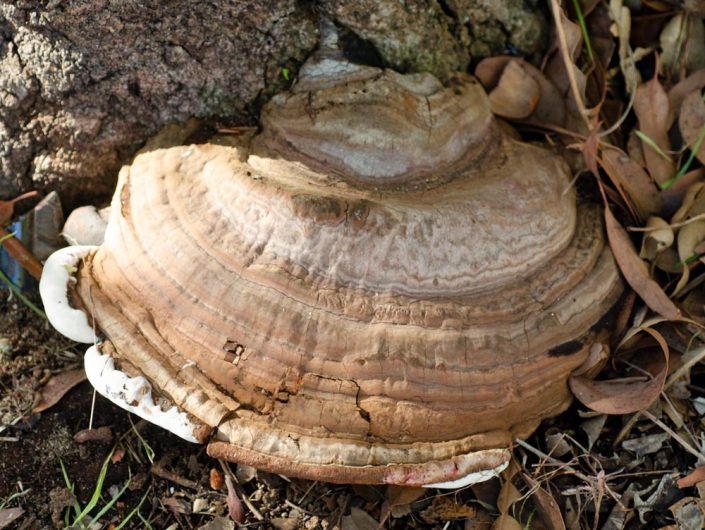
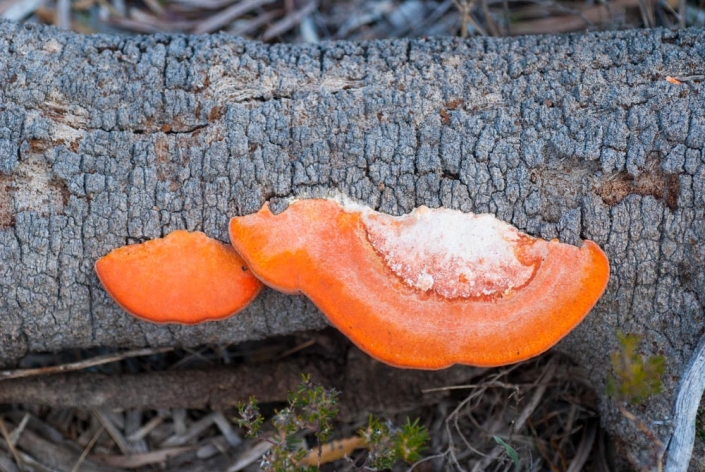
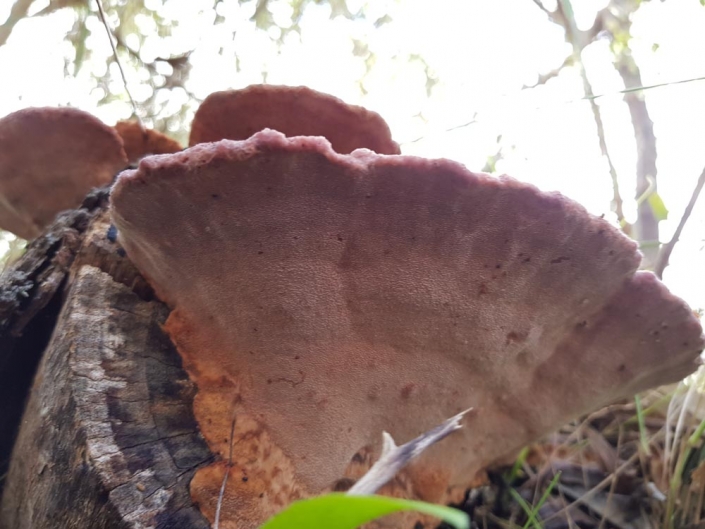
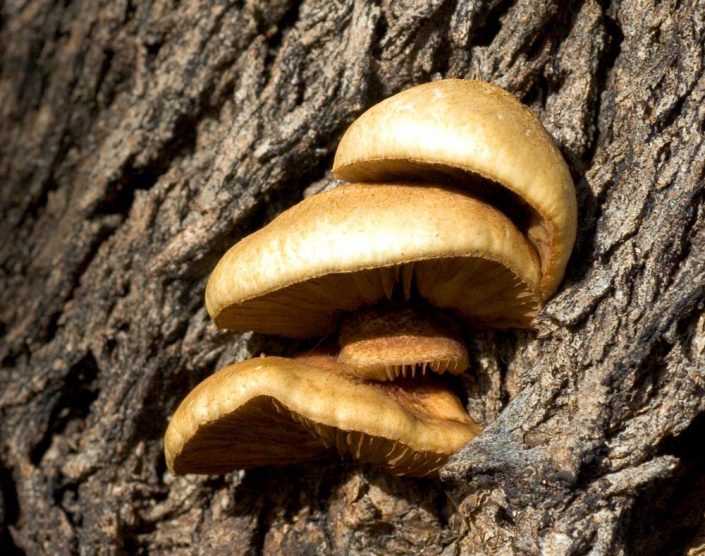
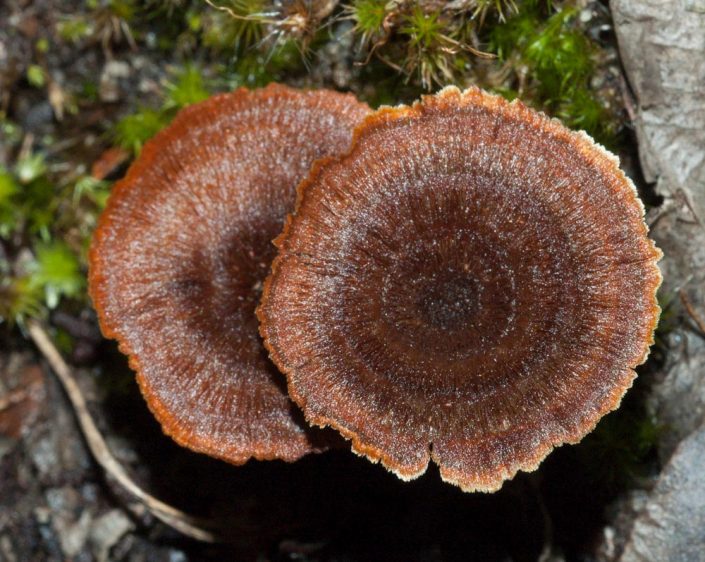
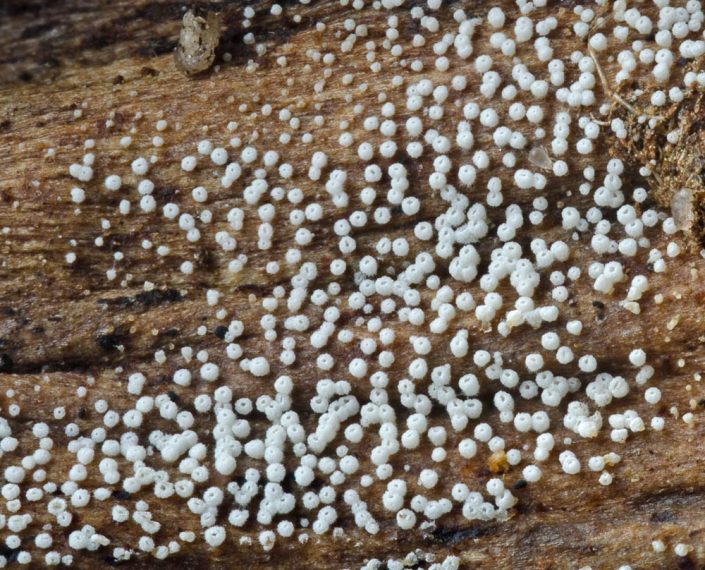

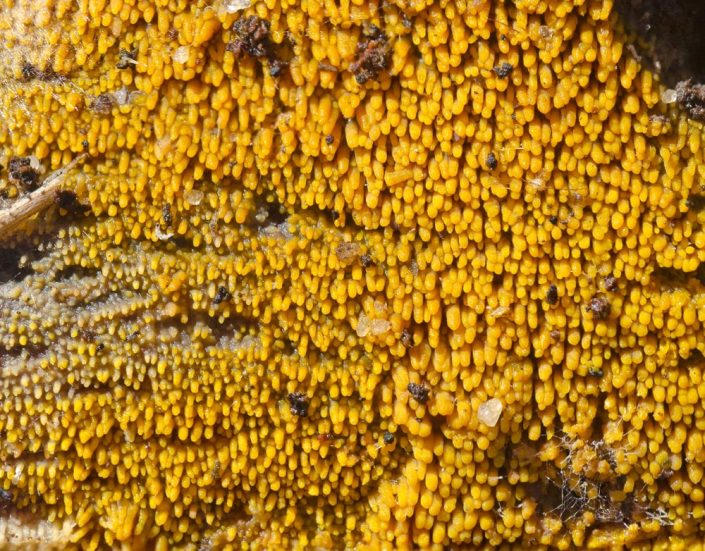
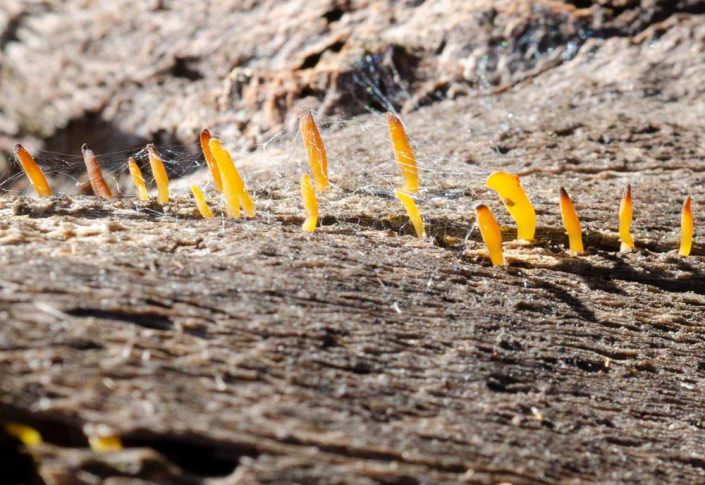
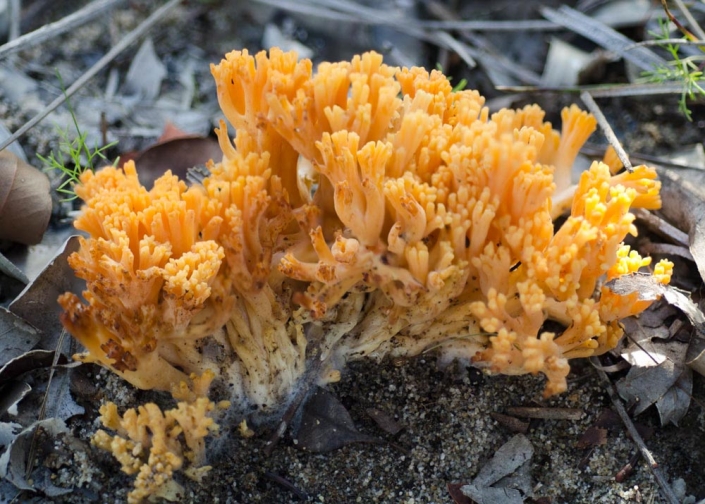
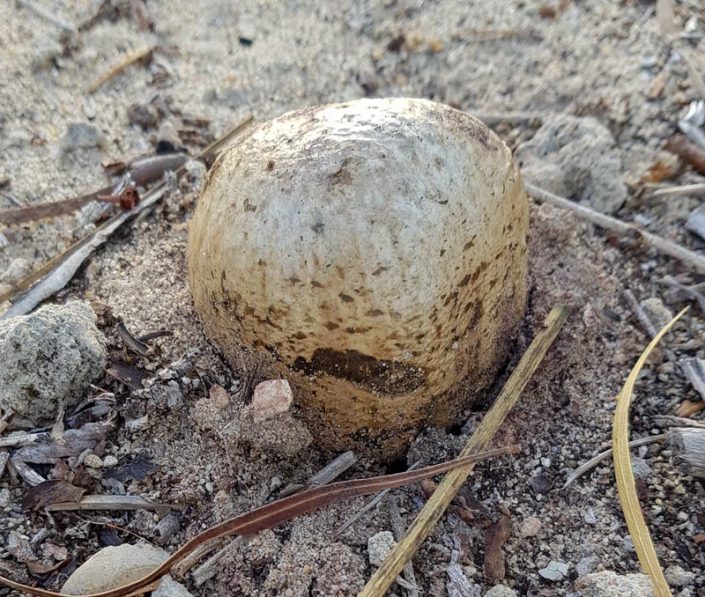
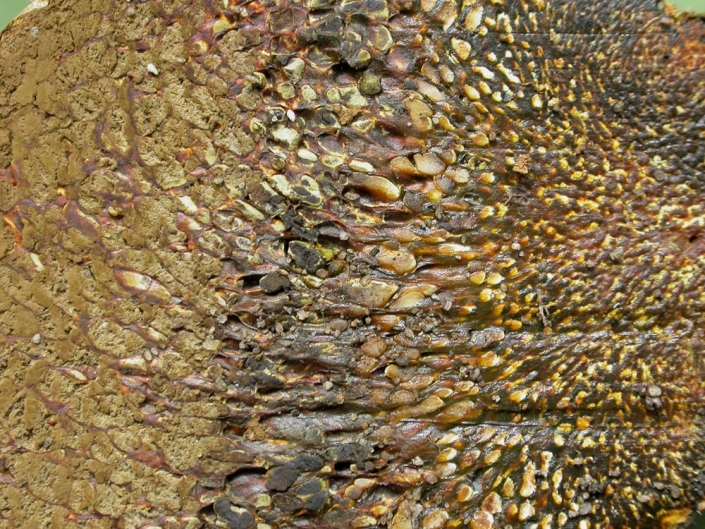
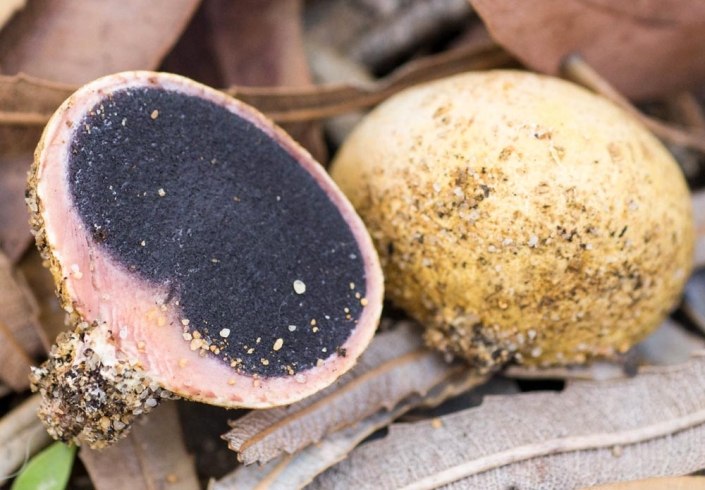
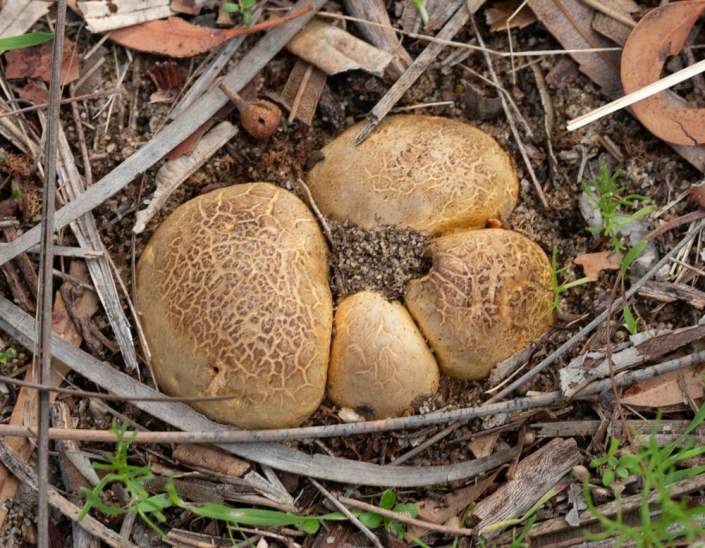
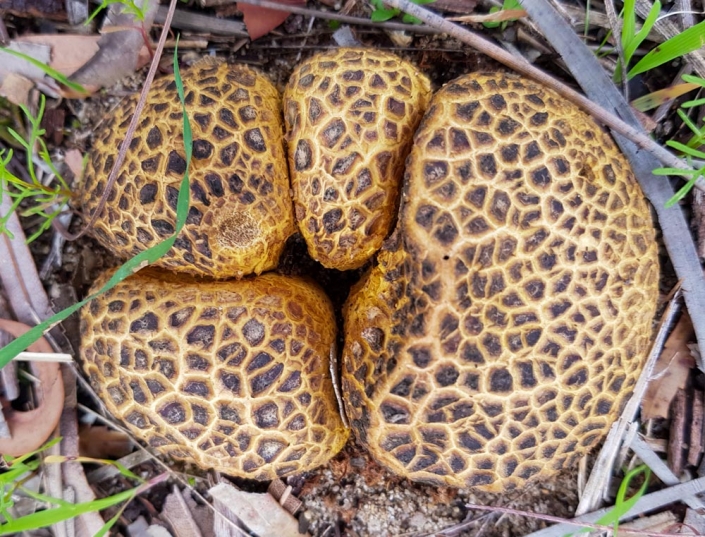

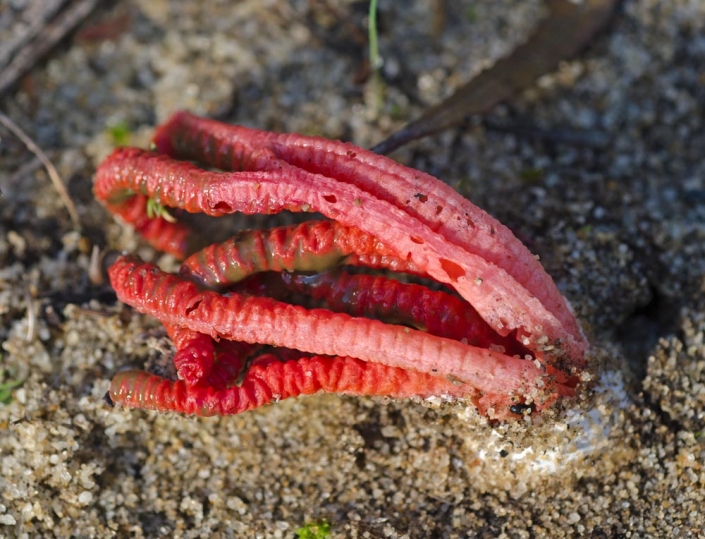

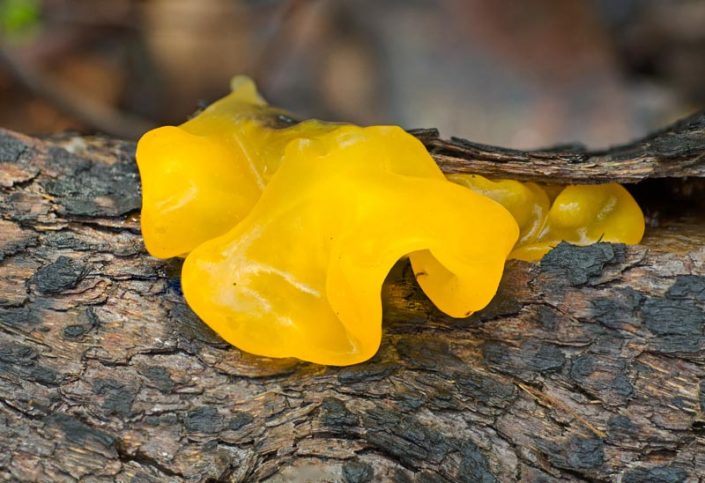

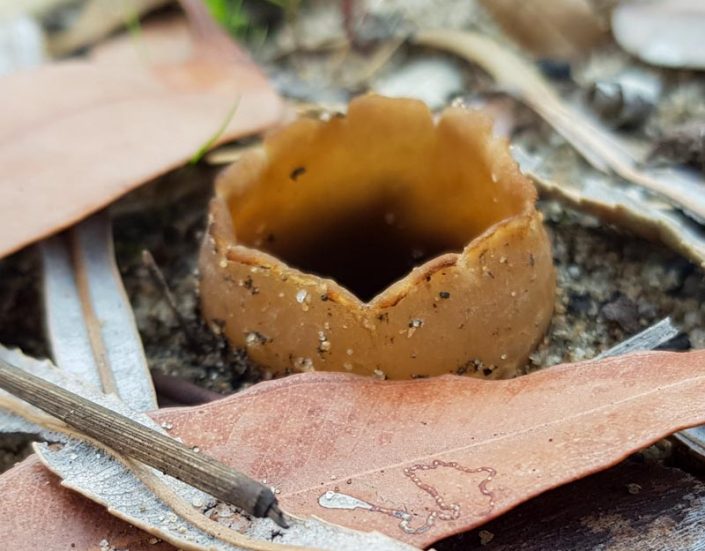
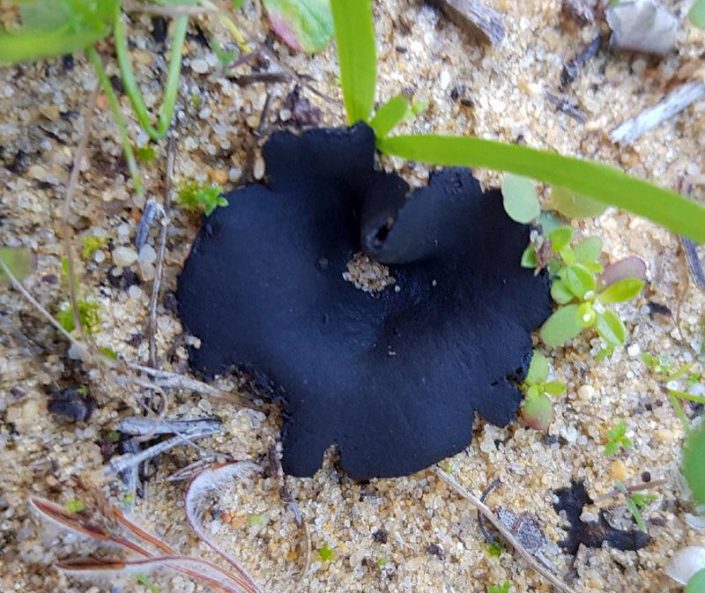
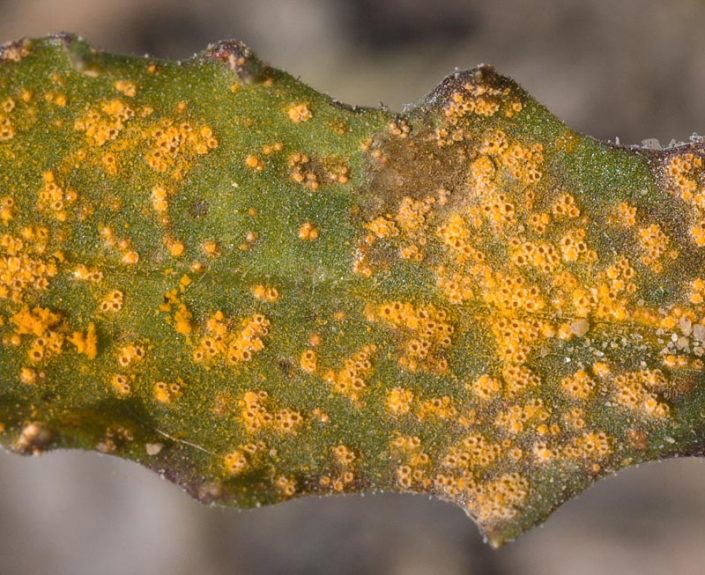
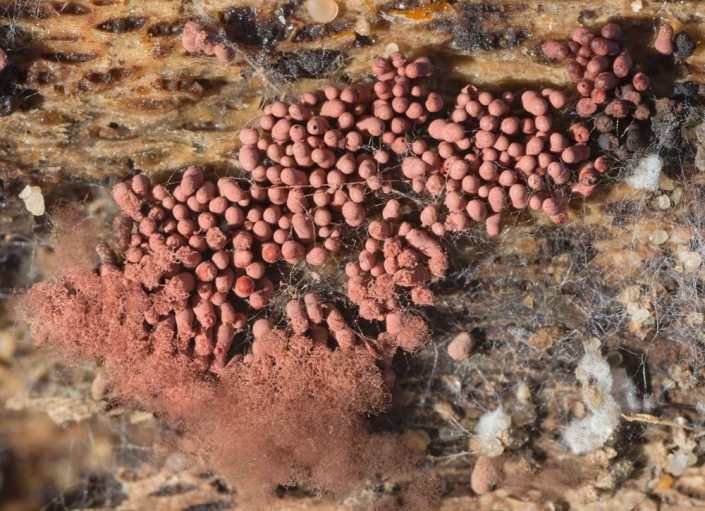

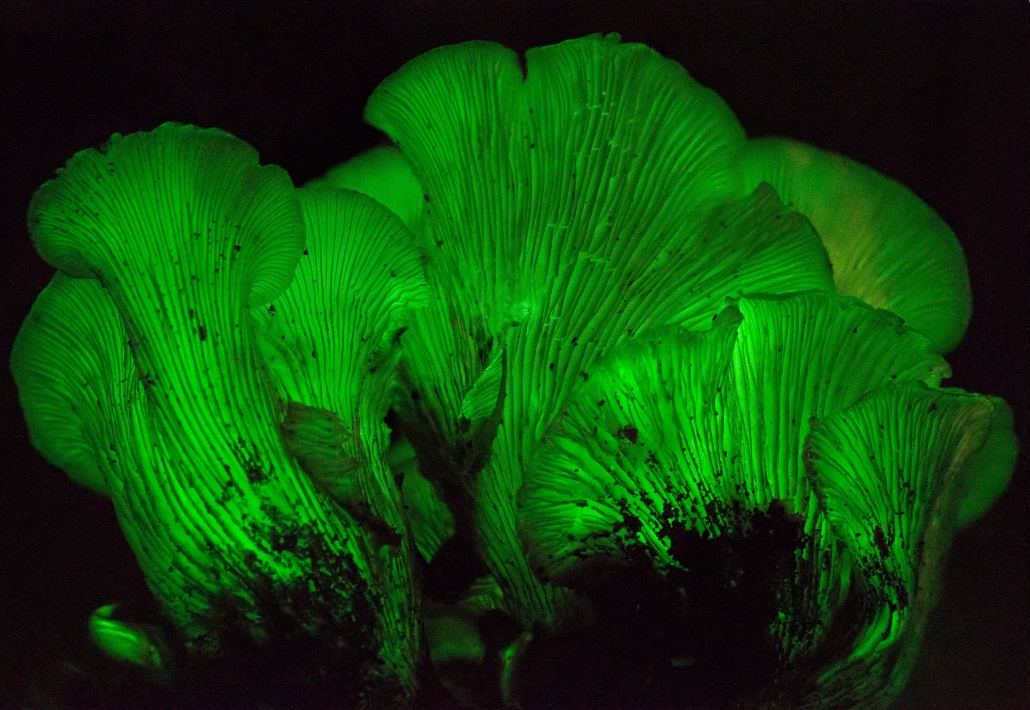

 Mark Brundrett
Mark Brundrett